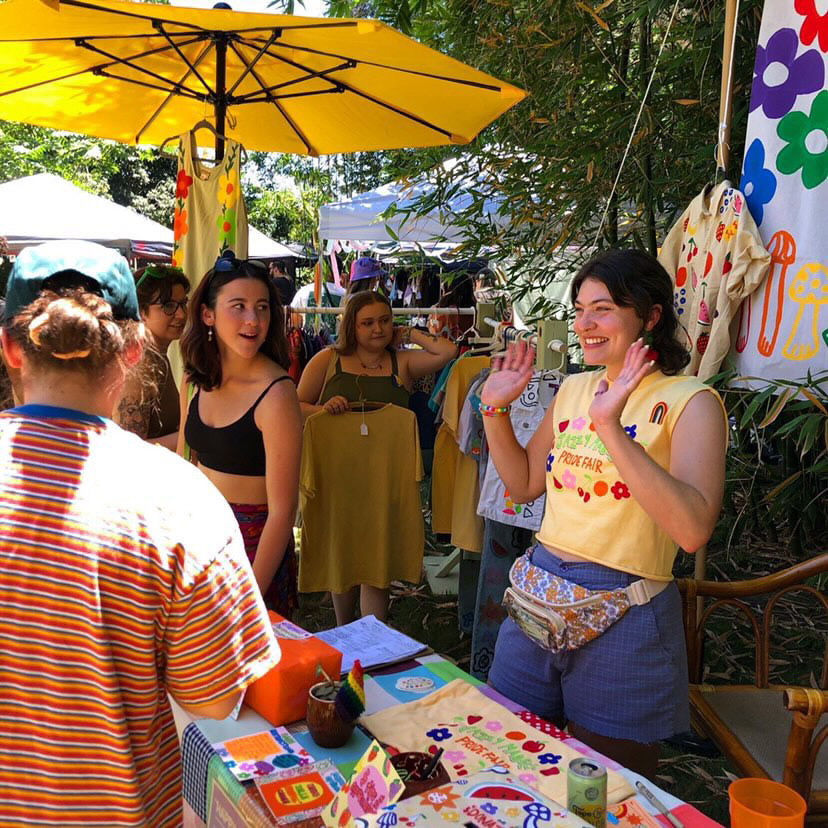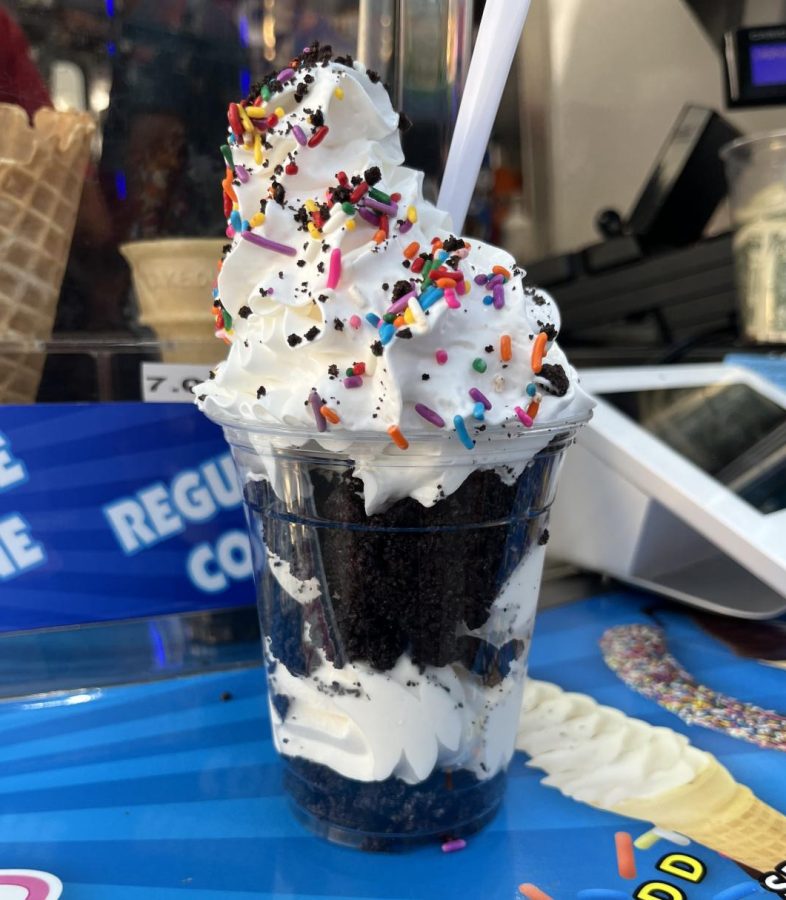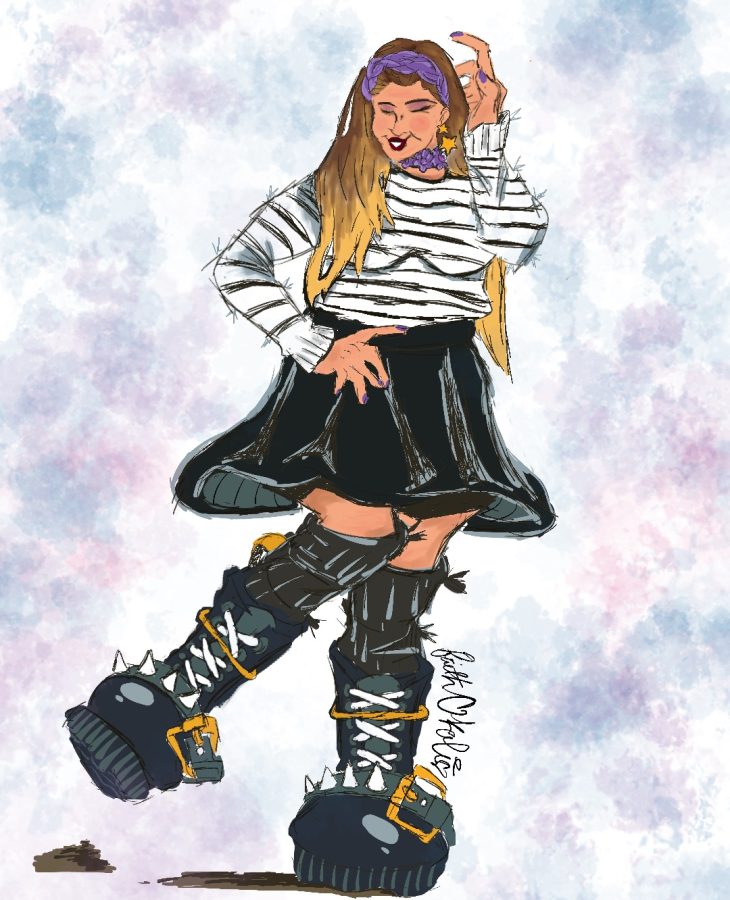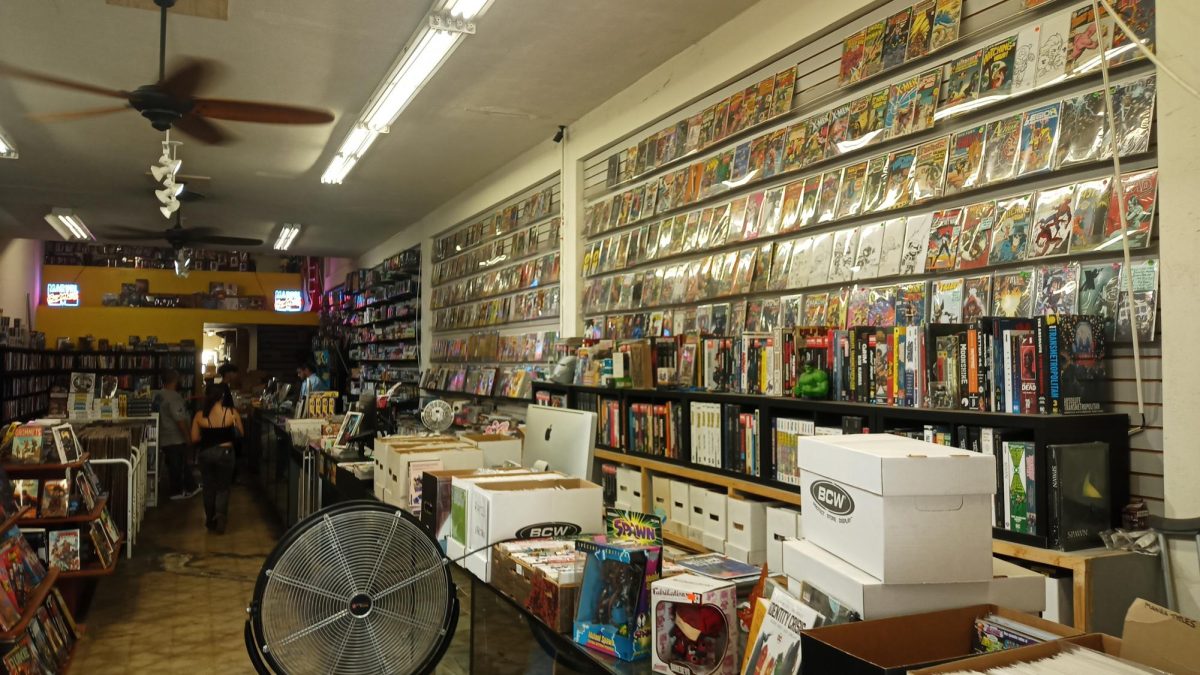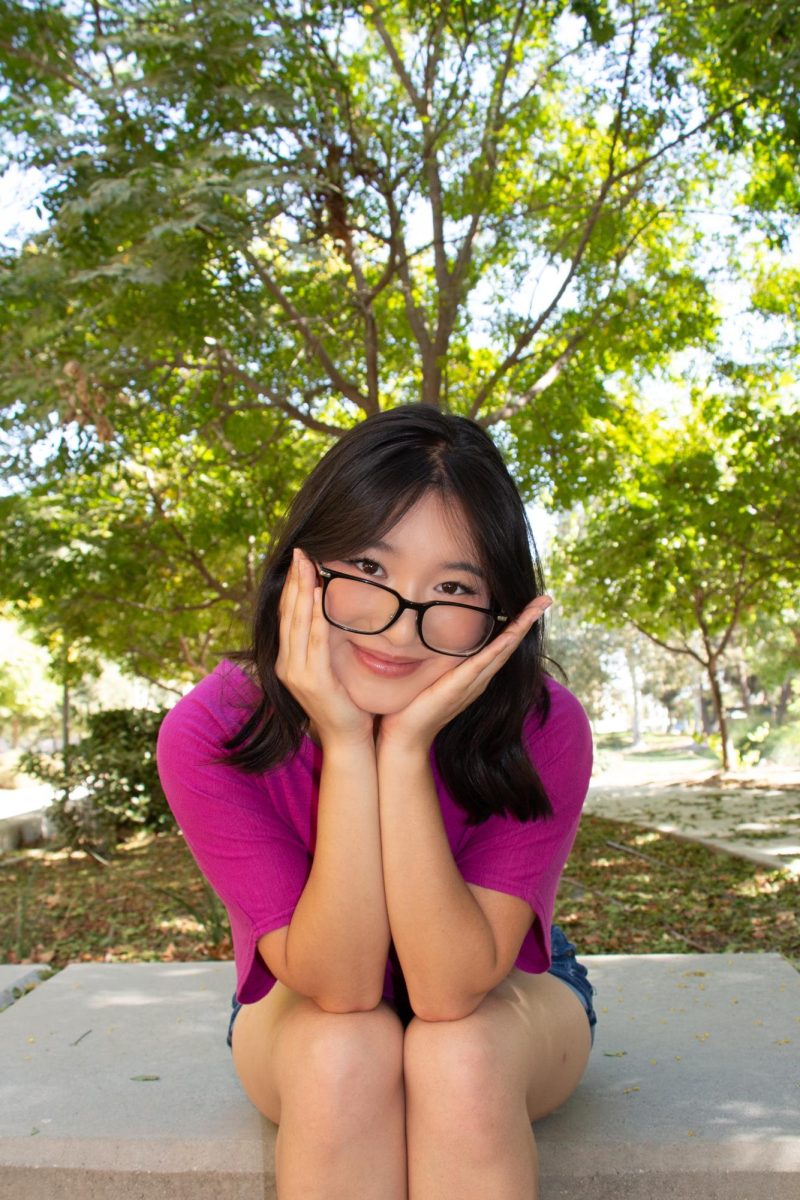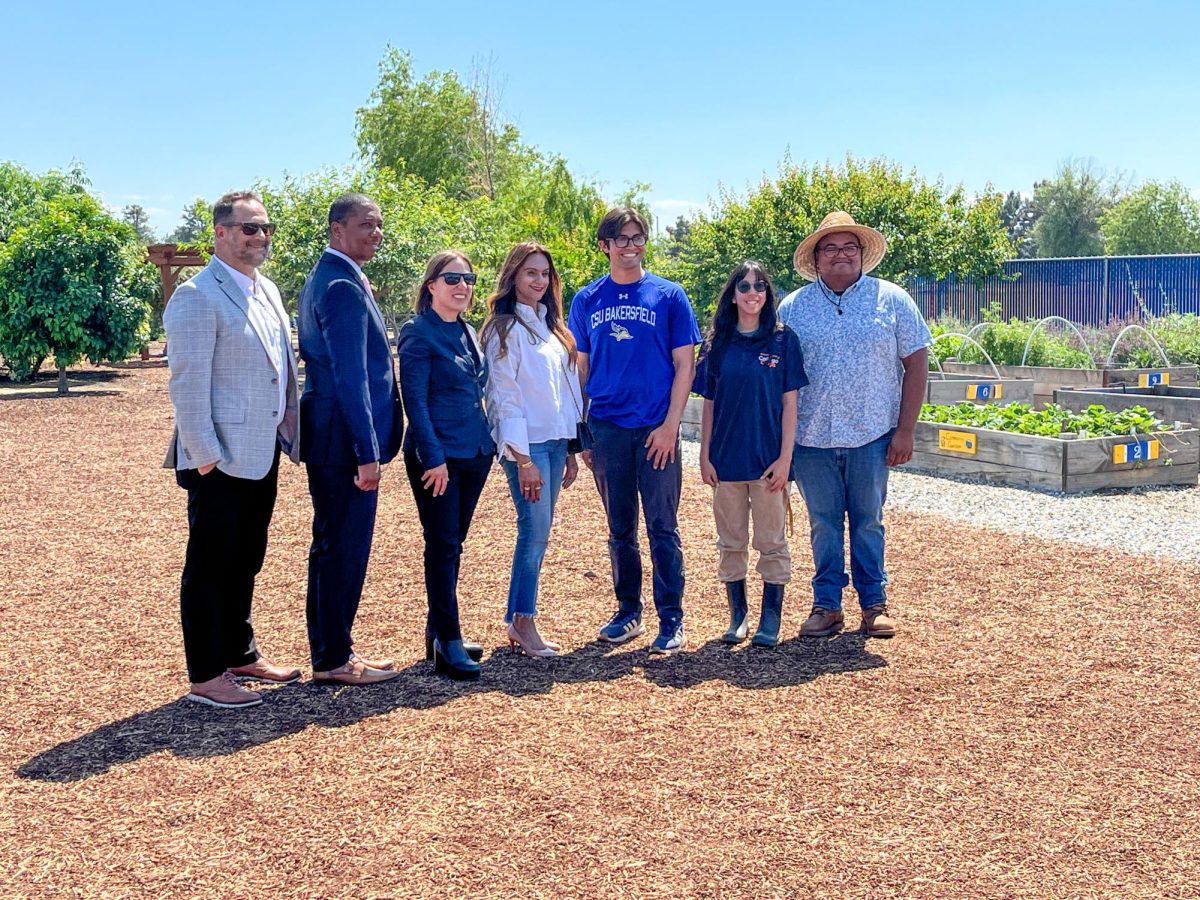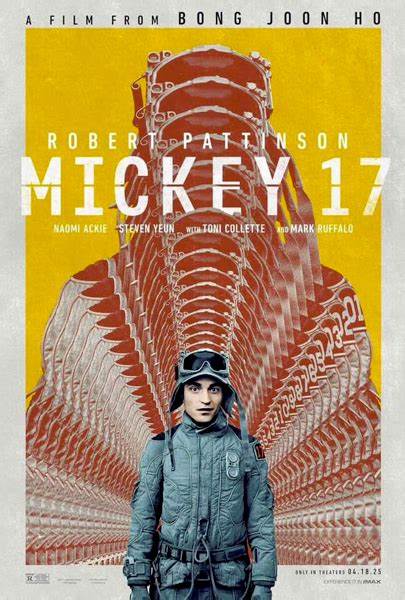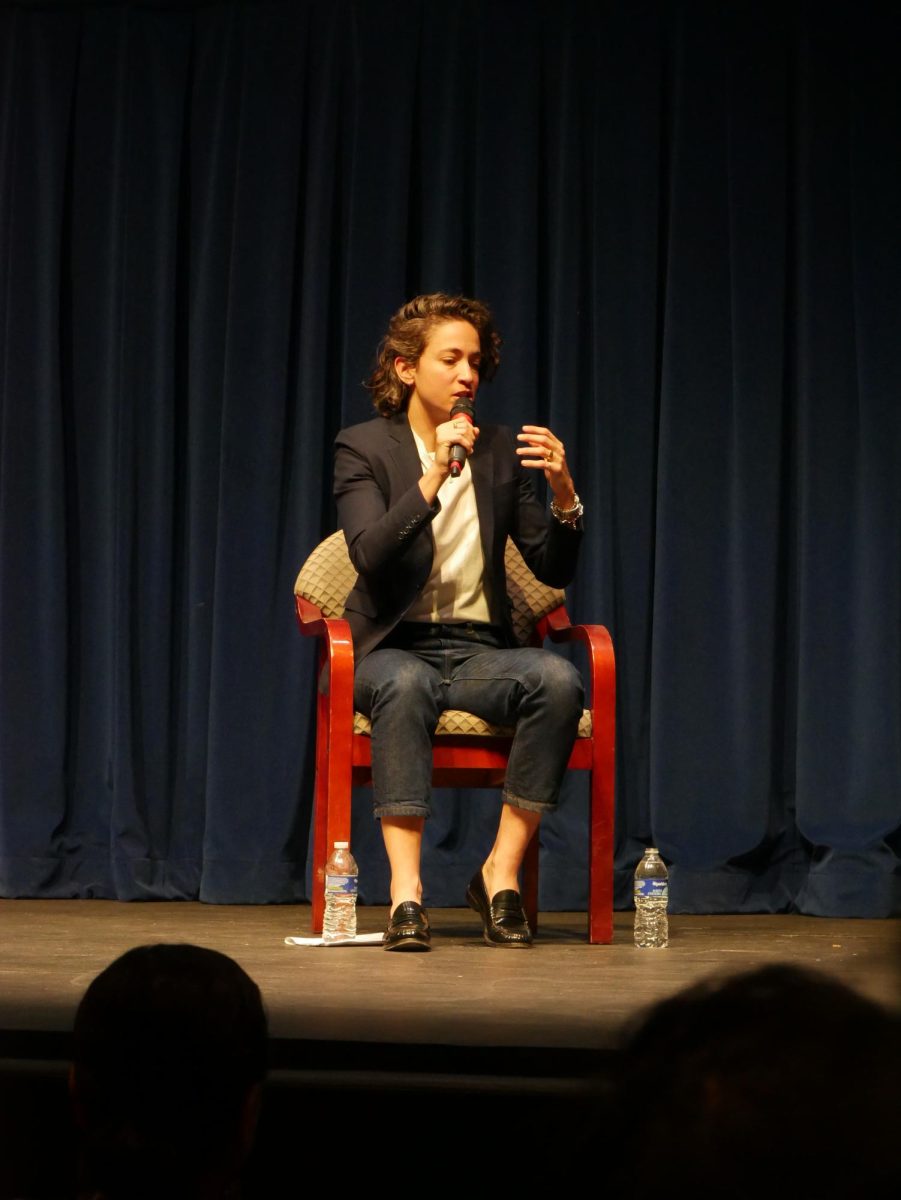Reporter
Dia de los Muertos is a cultural celebration to honor those that have passed. It is celebrated on Nov. 1 and 2 every year.
The origins of this holiday started with the Aztecs in the 16th century when they would hold ceremonies in the summer to remember their loved ones.
It was moved to the fall when the Spaniards arrived and introduced All Soul’s Day, which was similar in commemorating the dead. The two were combined and today The Day of the Dead is known for sugar skulls, face painting, and food. It is predominantly celebrated in Mexico and has spread to the United States but is less personal here.
That may be credited to the commercialization of it in movies and at events.
“It’s not something that you want to make mainstream or make a business out of,” said CSUB nursing major Manuel Ramirez. “It’s something you want to keep in your culture and celebrate.”
He used to celebrate the holiday when he was younger, but he explained that adapting to the American culture makes it difficult to keep his Mexican roots. Some traditions from his culture are kept but holidays such as Day of the Dead become less relevant compared to Halloween in our society.
Jackie Alamillo, 18, a business major, knows about the holiday but has never celebrated it first hand. She explained that her family does not celebrate the holiday, but she knows that altars are used to honor the dead and they are decorated with sugar skulls.
Food is presented to the spirits and faces are painted. It’s generally a day to honor and remember people that have passed away.
Similarly, Francisco Madrigal, 19, a nursing major has never celebrated Day of the Dead, but he learned about the tradition from family that he has in Mexico.
“In Mexico, it’s celebrated, especially in Mexico City,” said Madrigal. “Candles and food are left for the spirits, and it’s a two-day process. The first day is for the kids and the second is for the adults.”





